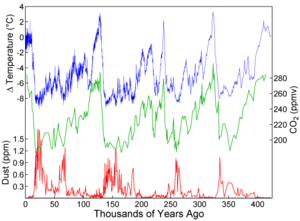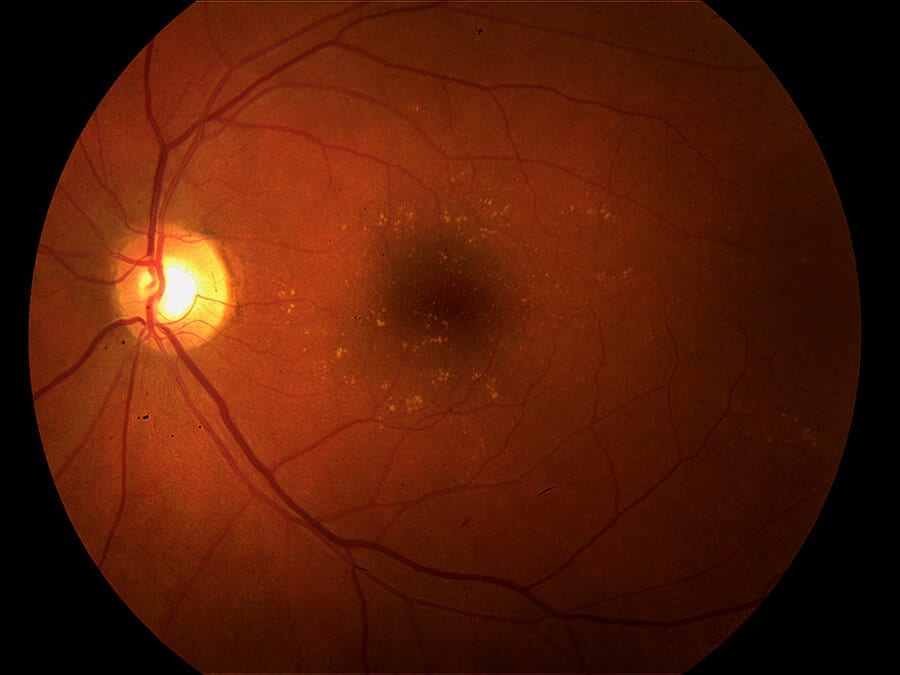
- Image via Wikipedia
Some scientists are calling for more study of technological interventions to forestall catastrophic global warming. Why?
When a report on climate change hit the U.S. president’s desk, the suggestion was not to cut greenhouse gas emissions. Rather, scientific advisors counseled intervention via technology in the climate system itself—a practice now known as geoengineering. And the president was not Barack Obama, George W. Bush or even Bill Clinton—it was Lyndon Johnson in 1965.
“This generation has altered the composition of the atmosphere on a global scale through…a steady increase in carbon dioxide from the burning of fossil fuels,” President Johnson told Congress in February of that year. To address the problem, his science advisors suggested spreading reflective particles over 13 million square kilometers of ocean in order to reflect an extra 1 percent of sunlight away from Earth.
Today, with climate change accelerating and little being done to curb the greenhouse gas emissions, some scientists have resurrected the idea of “deliberate large-scale manipulation of the planetary environment,” as the U.K.’s Royal Society puts it. After all, it’s an idea nearly as old as the understanding of the physical principles behind global warming itself. Swedish chemist Svante Arrhenius thought that global warming would be a boon to humanity and therefore fossil fuel burning should be encouraged, after calculating by hand the likely temperature impact of continued coal-burning and rising carbon dioxide (CO2) concentrations in the late 19th century—roughly matching the United Nations Intergovernmental Panel on Climate Change and their computer models more than a century later.
That’s why 175 scientists and other interested folks (including companies looking to profit from geoengineering) gathered in the Asilomar conference center near the end of March to try to repeat the success of molecular biologists who gathered there in 1975 to reassure a skeptical public about genetic engineering. Ultimately, the gathered would-be geoengineers released a statement calling for, among other things, “further research in all relevant disciplines to better understand and communicate whether additional strategies to moderate future climate change are, or are not, viable, appropriate and ethical.”
The list of unintended consequences of human manipulation of natural systems is long: concrete jungles creating urban heat islands, vast oceanic dead zones resulting from fertilizer use on inland agricultural fields, and intentionally introduced species, such as the cane toad in Australia, that then wreak havoc on ecosystems, among others. Whether the idea is to mimic a volcano’s cooling impact on climate by continuously pumping sulfates into the stratosphere or to brighten clouds via crewless ships spewing water vapor, possible problems range from shutting down rainfall in certain regions to unilateral declarations of war.
Related articles by Zemanta
- Climate Policy: If you don’t like Copenhagen, try Asilomar (scienceblog.com)
- 10 Things You Didn’t Know About Climate Change (usnews.com)
- A Hard Look at the Perils and Potential of Geoengineering (worldchanging.com)
- Q&A: Geoengineering Is ‘A Bad Idea Whose Time Has Come’ (wired.com)
- Are dangers involved in ‘geoengineering’ Earth’s climate? (livescience.com)
- We need birth control, not geoengineering (guardian.co.uk)









![Reblog this post [with Zemanta]](http://img.zemanta.com/reblog_b.png?x-id=8347e84e-eca9-4323-921c-11e5bb69f1d4)
